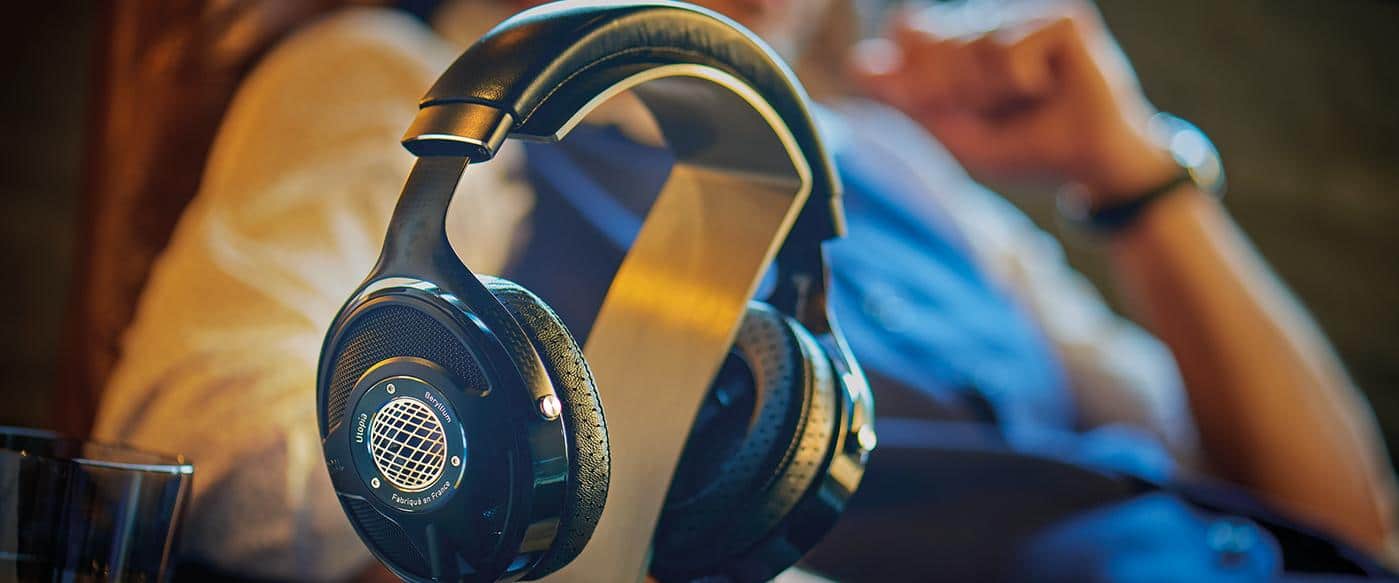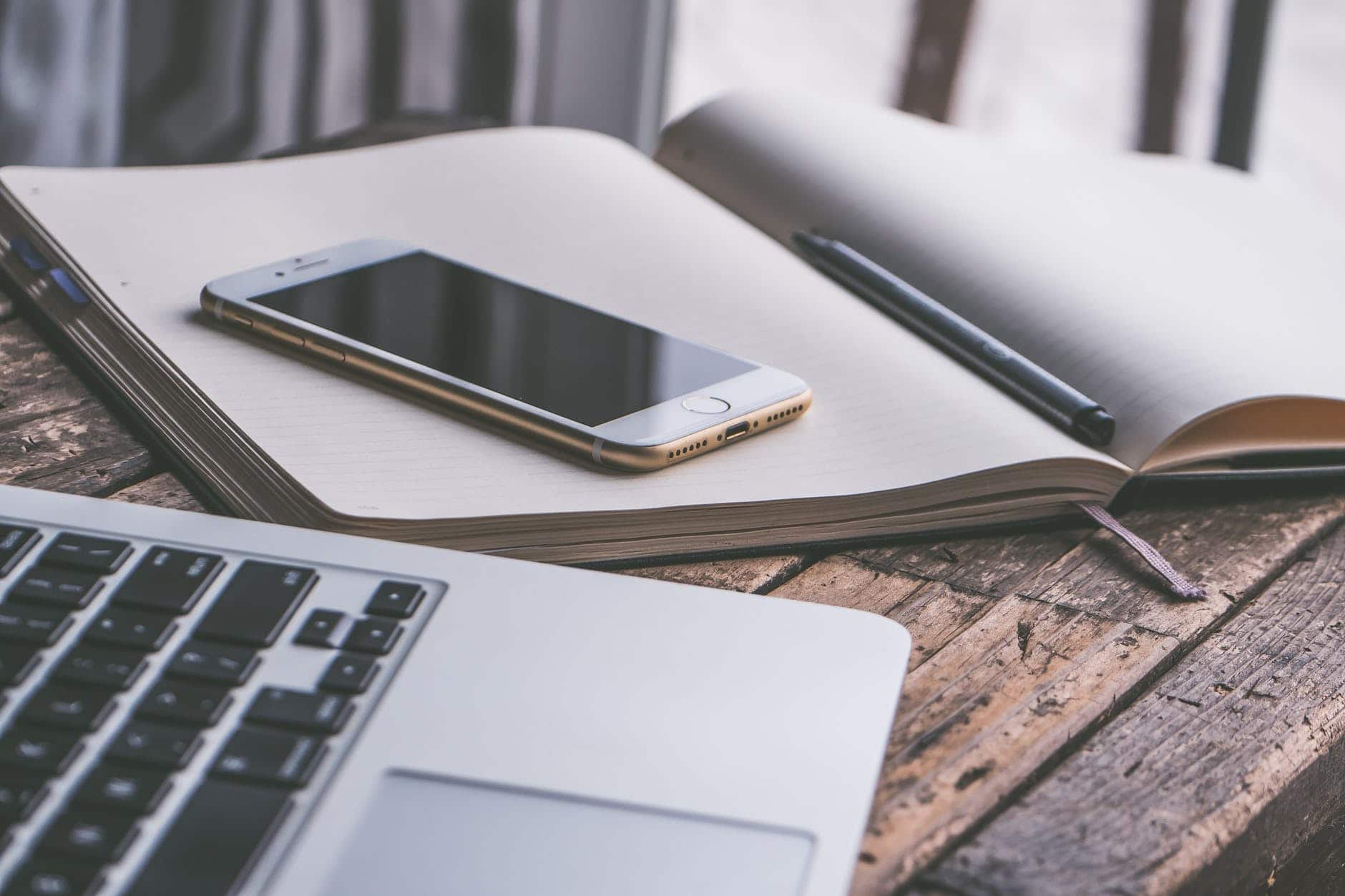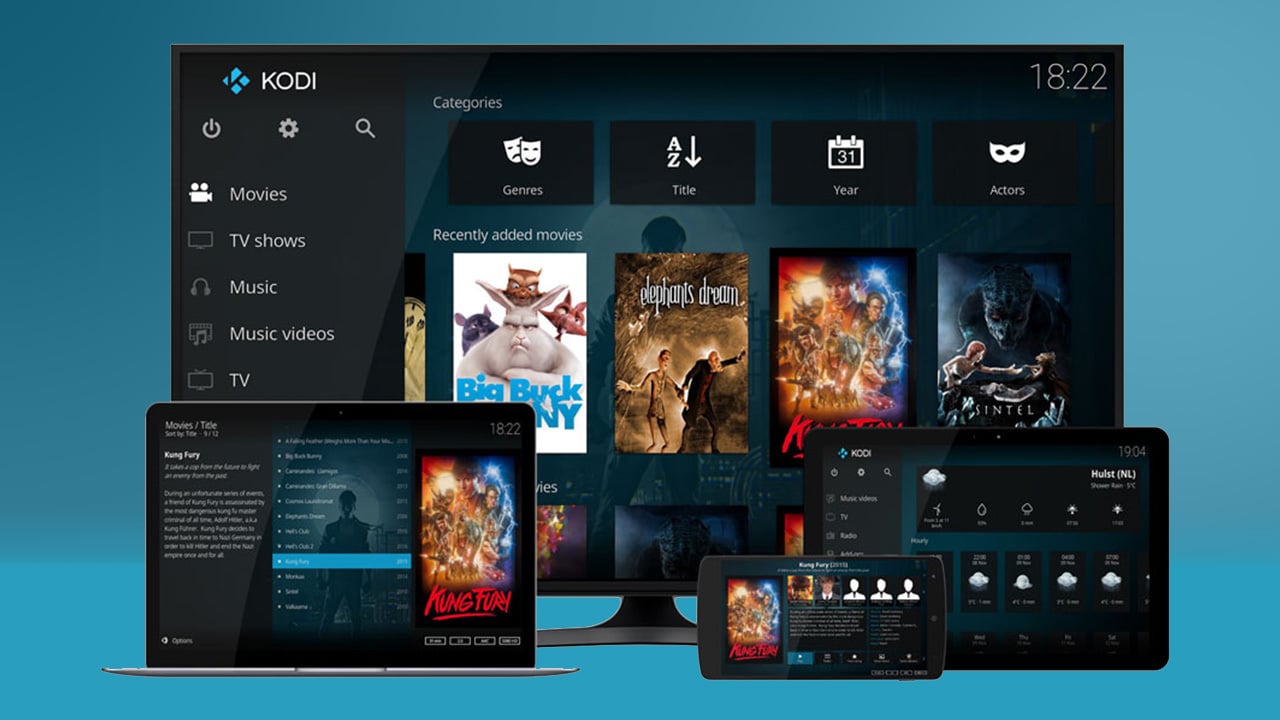Headphones (or earphones that are fitted directly into the ear) are a pair of small loudspeaker devices worn on or around the head over a user’s ears.
They allow a single user to listen to an audio source privately, in contrast to a loudspeaker where everyone can hear the audio loudly; Headphones can also be called ear-speakers.
In as much as these little devices help magnify audio sound in our ears, they are very fragile and can stop working if not properly maintained.
Headphones may be used with stationary CD and DVD players, home theatre, personal computers, or portable devices (for example digital audio player/MP3 player, mobile phone).
This problem causes many users of earphones to change their earphones more often than not if you fall into this category, it means that there’s something you are not doing Wright that is causing the damage.
This article presents you with some tips on how to maintain your earphone and increase its lifespan.
1. Don’t leave headphones plugged in
Many of us make this mistake with our earphones, not knowing that it damages it gradually. Don’t leave your headphones plugged in when not in use, because If you mistakenly get caught in your headphones cable, you can cause damage when trying to get up or move.
2. Pull the plug, not the cable
Frequent pulling of the cable can cause the internal wire to break. Never you pull the cable when removing the headphone plug from an audio source, always grip and pull the connector (the plug). Pulling the cable exerts extra stress on the connector, because of this unequal stress, one of the internal wires will break before the other which will eventually damage it.
3. Pull firmly, not sharply
Patience and care is needed when handling this device, when pulling the headphone, you should be careful not to pull sharply but firmly. If the jack of the headphone is snug, try removing the connector with a firm, steady force. Yanking it can damage the prong.
4. Wrap up the cables when it is not in use
Always ensure you wrap up the earphone cable when you are not using it, especially for portable headphones without braided cables. Improper wrapping of the cable may cause it to get tangled or bunched up, which can kink and wear away the connection.
Instead of stuffing the earphone in your pocket, using a binder clip or notches to properly bind it can prevent it from being tangled. Also avoid exerting external stress on them or weaving them like most people do. Try to get a case or protective bag for your headphones.
Do not wind the cords into knots, you can wrap the cord around a tissue paper roll with notches for the plug and buds. If you’re always moving your headphones, you may want to pick up a case or soft bag for them.
5. Don’t sleep with the headphones on
Sleeping with earphones on can be cool at times when you are listening to that favorite song that makes you emotional, but this could cause damage to your earphones when you fall asleep and cannot control how you move your head or roll around. You could snag the cord as a result of this and you might also damage the cans when your head rests on them.
6. Avoid dangling the headphones
Dangling the earphones puts an undue stress on the on the internal wire at that point. Avoid letting your headphones dangle from your desk or bag.
7. Avoid contact with water
Off-course water is life and is good but it’s not friendly to electronic devices except for those that are made water-resistant this is not exceptional to headphones, they don’t mix with water.
If they accidentally get dunked somehow, remove them from the water immediately and pour rubbing alcohol over them, then let them air dry for a few hours. This should reduce the damage, but try as much as possible not to allow your headphones come in contact with water.
Sweat can be a huge problem also, continuous use of headphones when sweating can affect the audio quality, avoid using headphones when under the rain or directly out of the shower, if you must exercise with your headphones on, try using a headband to reduce the risk of sweat.
8. Avoid Cranking up the volume
Raising the volume to its maximum could be dangerous not just to your ear drum alone but also to your earphone. All sound producing devices create sound waves. These waves are produced by vibrations, and the louder the sound, the greater the vibrations.
Because headphones components are delicate, excessive volume can warp the sound-producing parts. It starts with truncating of certain frequencies, and then the audio will shift and degrade, losing its full-bodied qualities.
9. Always Turn down the audio before plugging your headphones in
Headphones are very sensitive to audio sounds, Plugging headphones while high-volume audio is playing can damage them. Try turning down the volume from the audio device before plugging in the headphones, and also keep them off your head until you plug them in. after plugging in the headphone, you can now raise the volume until it’s at a comfortable listening level.
10. Turn down the bass
Most headphones do not come with powerful bass drivers. Also heavy bass can quickly damage the headphone speakers. Bass is a low-frequency sound, and it can put a lot of stress on speakers that don’t have the capacity. You can try using your source’s level mixer to lower the bass levels, and make sure any “Bass Boost” option is disabled.
11. Keep your volume low
Why keep a very high volume when you can hear loud enough? High volume can not only affect your ear drum and possibly damage your hearing; it can also blow out your headphone speakers. This can result to permanent distortion and buzzing. The moment you notice that your sound starts cracking, it indicates that your volume is too high.
Try not to set the audio volume to its maximum, doing so can increase the chances of damaging the headphone speakers. Try to make sure the volume of your audio source is at its average, as long as you can hear it clearly.
12. Use headphones that can handle the output
Input equals output, your headphone must be able to handle the power of your audio source. This shouldn’t be an issue if you’re plugging headphones into your phone or computer, but when connecting to high-end stereo equipment, you must ensure that the headphones can handle the power output its receiving.
Using weak headphones on a powerful source will quickly blow them out. To know the capacity of your headphone, Check your headphone’s documentation to determine the ohms that it can support, as well as the ohm output of your audio source.
My thoughts:
Getting an expensive headphone doesn’t guarantee the longevity of the device, so weather you buy a thousand dollar headphone or as low as 150 it all boils down to how well you can maintain it and increase its life span









